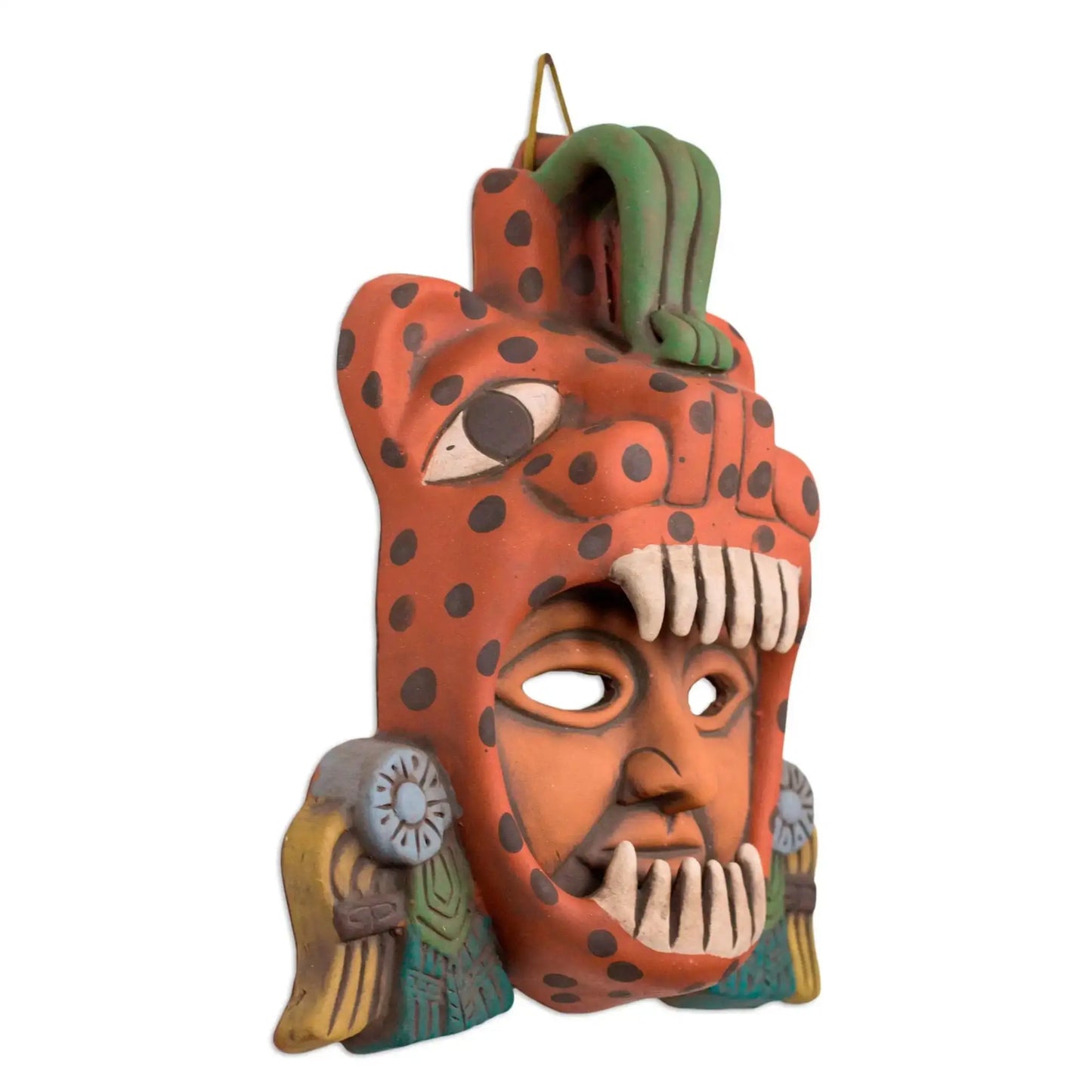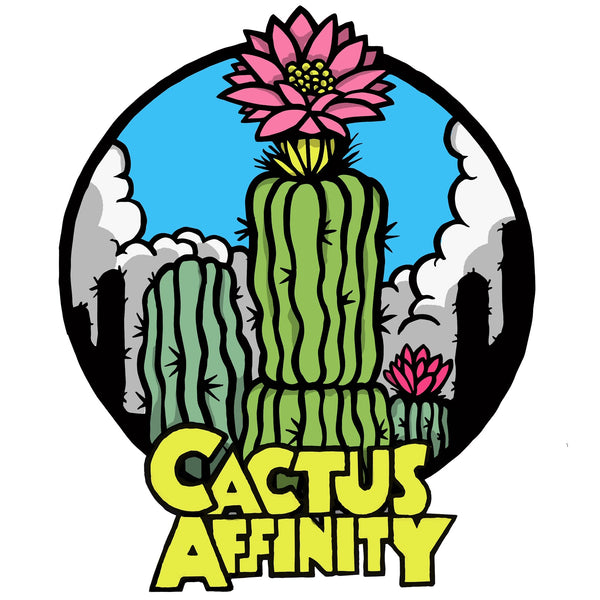Jaguar Warrior - Aztec Mask
Jaguar Warrior - Aztec Mask
Artisans from the Angel Ceron Artisan Association depict a Jaguar Warrior, recreating an image from Texcoco's late classic period. The man's face seems to emerge from the toothy jaws of the spotted cat. The Mexican artisans reveals their knowledge of the ancient Aztec civilization with this ceramic mask.
- 2.5 lbs
- 11.5" H x 10.5" W x 3.3" D
- Ceramic
- Signed by the artist
- Hand-crafted item -- color, size and/or motif may vary slightly
- Made in Mexico, ships from US
Angel Cerón comes from a family with generations of artisan experience. He learned the family ceramic techniques from his father, Antonio Cerón Orta, a renowned artisan. Angel began a long study of Mexico's pre-Hispanic cultures and learned the Nahuatl language spoken in ancient Mesoamerica.
First the proper materials must be acquired. Cerón uses clay from northern Oaxaca state, the only clay of this kind in Mexico and perhaps in the world. The unique characteristics of this yellow clay make it ideal for molding. It dries evenly and is especially hard, thus it is resistant to impact and can withstand very high temperatures.
The clay is ground in a mill, deposited in tubs of water and stirred constantly until it acquires a homogeneous consistency. This step can take hours. Left to stand for three days, it remains a thick liquid. Cerón strains it and lets it repose one more day, although during the winter this is hard work, performed in the open air. The blocks are divided into smaller portions and dried in the sun for several hours. Only a qualified artisan can determine when the clay has reached the proper consistency. Then it is kneaded by hand, much as one kneads bread dough, and again it is the skilled artisan who can tell when it is ready to be worked.
Cerón then begins to shape his sculptures, some more complex than others. The details are created totally by hand and some figures are so complicated that they are absolutely unique or part of limited editions. Each piece is modeled by hand and the artisan's talent is a crucial factor.
Once shaped, the sculptures dry as long as needed, some for as long as a week. They must dry in the shade because the clay might split and crack in the sun. Once dry, they are adorned with mineral pigments and high-fired at temperatures of up to 2,327º F for eight to twelve hours, depending on the season (the kilns are located outdoors). After firing, the pieces need to stand for six hours, cooling gradually.
Finally, they receive a bath of earth to give them their unique antique effect, which features slight cracks.
Now that I'm retired, I can dedicate my time to my great passion – representing my pre-Hispanic cultural heritage.
-Angel Cerón
Couldn't load pickup availability
Share












